Hello everyone, I am very excited to be here with all of you today to officially launch Urban Avalon’s debut title, “Call & Response,” with a conversation between myself (Matthew Poburyny, founder of Urban Avalon Press), and Dean Garlick (who is a photographer friend of mine who participated in making our first split zine possible), about the process and practice of making images and editing/sequencing a photo zine.
I want to take a minute to mention a few things before we dive into the email conversation Dean and I had the past few weeks to talk about the availability of our zine and where to purchase a copy.
Dean and I will be physically present at ExpoZine Montreal on Saturday, November 23rd, between 12-7pm, selling copies together if you are in the Montreal area and want to stop by to support the expo, discover other artists, and grab a copy of Call & Response.
For those of you who reside in the Toronto area, we are pleased to announce that the Contact Photobook Lab will be carrying copies of our zine (most likely by mid-December) and that we will be looking to secure a couple of local retailers in Montreal if we have stock left after ExpoZine.
The same principle will apply to online sales (meaning that if stock is left over after Expozine, we will make it available online via our Big Cartel page), with shipping to only Canadian residents at the moment while we work out rates for shipping abroad.



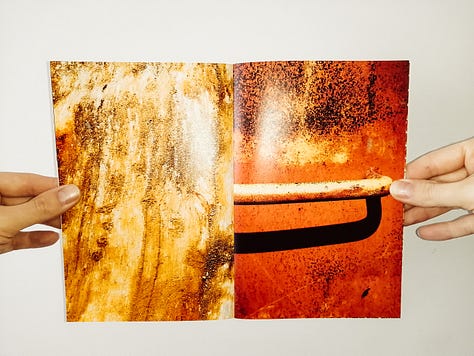

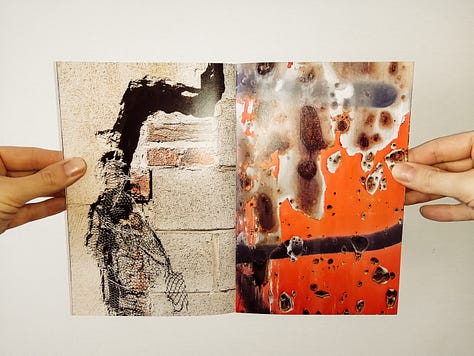


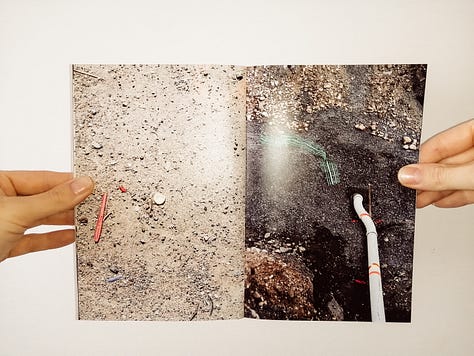
Now that we've completed that bit of housekeeping, it brings me great joy to present to you “Call & Response,” a lens-based conversation between photographers Matthew Poburyny and Dean Garlick about Montreal's urban environment!
We sincerely hope that you enjoy this moment, and thank you immensely for being here to share it with us; take care!
Matthew Pobyrny: Dean, you once described yourself to me (or maybe I'm misremembering this) as a carnivorous photographer, and I agree with you. Your appetite for textural, sculptural, and circumstantial moments of mundanity is only outdone by the raw honesty that comes through in the lack of aestheticizing your subjects outside of standard compositional practices and lens-based annotations (meaning you let what is in front of the camera do the talking and picture it in a way that acts as a translation). Where does the visual stance for the natural transformation of the everyday urban experience come from for you?
Dean Garlick: First of all, thanks for inviting me for this discussion on your Newsletter, Matthew. We've known each other for nearly three years now, and I feel like we've really connected as photographers over our shared affinity to photographing locations and subject-matter that are traditionally seen as ‘unphotogenic’. Our photo excursions along Decarie Boulevard and under the highway 40 overpass here in Montreal would be good examples of this. I previously described myself to you as an omnivorous shooter. By that I meant that I consider myself to be a photographic opportunist in the Egglestonian spirit of the ‘democratic’ eye. Essentially, this approach to photography is a way of moving through space in a state of openness to any and all compositional possibilities surrounding us at any moment. The photographer is thus a curator of reality, bound by both the constraint of the frame, and the moment the shutter is released. When deciding how to fill a frame, I try to have no limitations. This approach to image-making engenders a continuous sense of discovery within a world that is itself in a constant state of transformation.
Seeing as we just completed our first collaborative zine, Call and Response, perhaps you could speak a little bit about your thought process in selecting the initial colour images for the project? I know that you’ve worked predominantly in monochrome in the past, but you had a particular body of colour work in mind when you proposed our collaboration, and I’m curious to hear what potential you saw in that set of photos, and how you selected the images?
MP: Thank you for the correction on your describing yourself as an "omnivorous" image-maker vs how I misremembered it as "carnivorous;" the Eggleston "democratic forest" approach is very much present in your work and I profoundly appreciate the rare openness with which you view the world.
The images I shared with you to respond to were from a small body of work I had made before moving away from Montreal in June 2023 for a short period, where I focused on an idea I had about cities having their unique colour palette. In some ways, I was already responding to your work, as I found in your images a line of repeating themes and colours (especially colours) that got me thinking about urban environments and how a city defines itself through its unique urban surface.
From this small portfolio of photographs, I printed twenty 4x6-inch work prints that resonated with me. I pinned them up on my wall for a couple of months before reaching out to you to collaborate on this split zine project. Of those twenty images, I believe I sent you ten and added in a few other new picks based on knowing your work, knowing that we have photographed in the exact locations a few times and trusting my instinct on what I believed would create good opportunities for you to respond to me through your images.
I do mostly work in monochrome, but for this particular body of work, I felt the limitations of working only with shades and texture and knew I wanted to explore the extraordinarily bold bunch of colours you find around the city of Montreal (in my case mostly in Montreal's west end). A large part of that colour palette comes from the town being under constant construction, with bright orange cones and signage populating the landscape and heavy graffiti and layered textures from pasted signage on the city's surfaces.
I leaned into finding examples of those bold colours and letting some images become abstract studies of colour and texture. I was thrilled with all your responses to my calls and saw some of your choices as exceptionally intuitive and well-thought-out. I don't often rationalize my choices; they are gut instincts, and I have a hard time verbalizing how I arrive at specific results other than that is the only possible outcome my brain could come up with sometimes an alarming lack of rationality.
I sat down to supper with you recently to show you the printed zine, and we talked a bit about this, but it would be beneficial for people to hear about your process of choosing your pairings for this collaboration. You took a much more systematic and rational approach to making your choices, and I'd love to hear more about your process and your thoughts on urban colour palettes as they pertain to specific places like Montreal.
DG: I’ve called myself a ‘voracious’ shooter in the past, so I can understand how you might’ve heard ‘carnivorous’ instead of ‘omnivorous’ in previous conversations. (And I really do shoot voraciously when I go out to take photos, which is why I’ll be sticking with digital photography for the foreseeable future).
Like you, the colour and texture of urban environments are fascinating to me. There’s just something about how colour can elevate the most banal scenes and subject matter to something beyond itself. Like in Gestalt theory, colour has a way of making the whole feel somehow greater than the sum of its parts. I’m also always on the lookout for the ways that colour and texture can contribute to abstract forms in the wild. The kinds of physical and chemical processes (weathering, oxidation, etc) that can transform materials like paint, metal, and paper as they’re exposed to the elements over time result in some surprising and at times, beautiful outcomes that wouldn’t otherwise be possible.
Choosing the pairings for the book was both an inspiring and challenging process. I’ve compiled thousands of photos (organized in over 45 categories) since I began photography as a consistent art practice in 2020, so this project has been a great way for me to activate my archives. My process for pairing an individual photo involved selecting a few categories of image from my archives that spoke to me, looking through hundreds of photos, and then compiling all the possibilities together. I definitely had our working title, Call and Response, in mind when making the selections. My focus was on visual harmonization and really making the photos sing. Of course, my initial consideration was colour, and finding ways to incorporate complementary tones and counter-tones. But another component, just as important, was form. I really wanted to play with loose parallels that create a sense of resonance. This allowed for some play with both scale and abstraction when echoing one image off of the other. I would sometimes try to pair different kinds of images together. For example, if the initial photo was a chaotic street scene, I might try to pair it with something more sculptural or abstract that gave a similar chaotic energy. That being said, I would also pair like images, so my operating procedure was very much dependent on intuitively ‘listening’ to the initial image and seeing where it took me.
An interesting observation that emerged while selecting the pairings was the fact that even though we often shoot in the same places, we never take the same photo. This is best exemplified in our front and back cover images for the zine. We both managed to find the piano graveyard in that alley in NDG at different points in time, but our images captured completely different aspects of the location.
During the selection process, a single image emerged as an obvious complement for some pairings. But for others, I left four or five for you to choose from. What’s interesting to me is how the consistent types of choices that you made for those pairings significantly determined the spirit and overall style of the book. Perhaps you could speak a bit about your thoughts when selecting those multiple pair options, as well as the process of editing the book down from fifteen pairs to the ten pairs in the book’s final form?
MP: The vantage point of reality does become challenging, especially with photography, as the camera is an objective recorder. Still, the operator subverts that objectivity to a subjective one, allowing two people to stand in the same place at the same time (or at different points in time) and picture two very different experiences, as happened for us in the piano graveyard. That is one of the more exciting and potentially troubling aspects of photography, but one that allows for conversations like this to occur between two individuals who use optics to picture the world around them in an attempt to understand their realities.
It may be my neuro-divergent mind (I have AuADHD). Still, at the risk of repeating myself, a lot of the pairings were made during a period of hyper fixation where my intuition guided a lot of my aesthetic choices, primarily looking for the pairings that resonated the most with each other, which, for some reason was a very guttural reaction for me and a relatively quick process of pairing and eliminating.
Like you, I was considering our working title (and finally, the one we decided to go with for the zine), "Call & Response," looking for lyrical harmony between images. I think the notion of music and the tradition of songwriting that uses a call-and-response structure with both the title and the front and back photos of abandoned pianos in the piano graveyard was ever-present in my choices. I wanted the images to feel like each other yet say different things about the same subject matter. I was rather heavy-handed with shortening the edit to just 11 pairs (we added a pairing at the last minute to meet the page count requirement for print). Still, I wanted the sequence to be what I deemed essential to our conversation and that every turn of the page offered something different so that we weren't "repeating" ourselves while maintaining the musical rhythm and repetition associated with a call-and-response song structure.
It is tough to self-edit one's work, so I found the process of editing our work and detaching myself from my images, only allowing myself to see what worked and not my ego, to be liberating and a way to grow as an editor. I must admit I tend to like awkward or challenging endings. I did the same thing with our zine, closing the sequence with a difficult pairing consumed by much dark negative space compared to the colour-filled images that preceded it.
Overall, between your excellent "responses" to my "calls" and your openness to trusting me and challenging me, I believe we made a genuinely great offering combining our photography, ideas on the urban landscape, and our friendship over these past few years. Thank you for helping me bring Urban Avalon Press to life by participating and contributing to the press's first publication, which wouldn't have been possible without you!
I look forward to future collaborations, photo walks, and engaging conversations on photography and the urban landscape. Thank you, Dean, for your time and this incredible conversation that I hope others will enjoy and benefit from; take care!
DG: It’s been a pleasure, Matthew. I have to say, putting our photo zine together and doing this discussion with you have helped me to connect a few dots in my thinking around photography. Recently, I’ve been reflecting on some of the similarities and differences between writing and photography, since I’ve dedicated a fair bit of time and energy to both practices. And the conclusion that I came to is that photography is a way of representing one’s interiority through the outside world, while writing is a way of representing the outside world through one’s interiority. This reminds me of what you were saying about how a photographer can transform the everyday urban experience into something unexpected by subverting the camera’s objective recording of reality in their own subjective way. This seems to me where the photographer’s “interiority” comes into play in the image-making process. In that sense Call and Response is a duet of subjectivities, a counterpoint between two lenses trying to make sense of the urban landscape of Montreal, and the sheet music for a score that only we could write.
I want to thank you again for proposing this split zine project, Matthew, and I also look forward to more photo walks, discussions, and creative collaborations in future!
That will do it for us today. Thank you again for being here and taking part in this moment with us. If you are in the Montreal area on November 23rd, please come say hi to Dean and me at ExpoZine; we would love to meet you!
We would also like to invite you to subscribe to the newsletter if you haven’t already so that you don’t miss future publications, conversations, and curated articles about photography in the urban environment as it relates to Canada and Canadian cities specifically.
If you are a Canadian photographer, writer, or artist working with the urban landscape, please email us at urbanavalonpress@gmail.com to discuss possible collaborations!

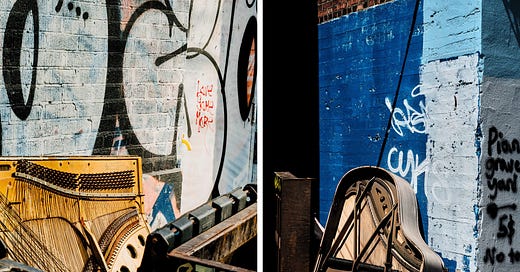



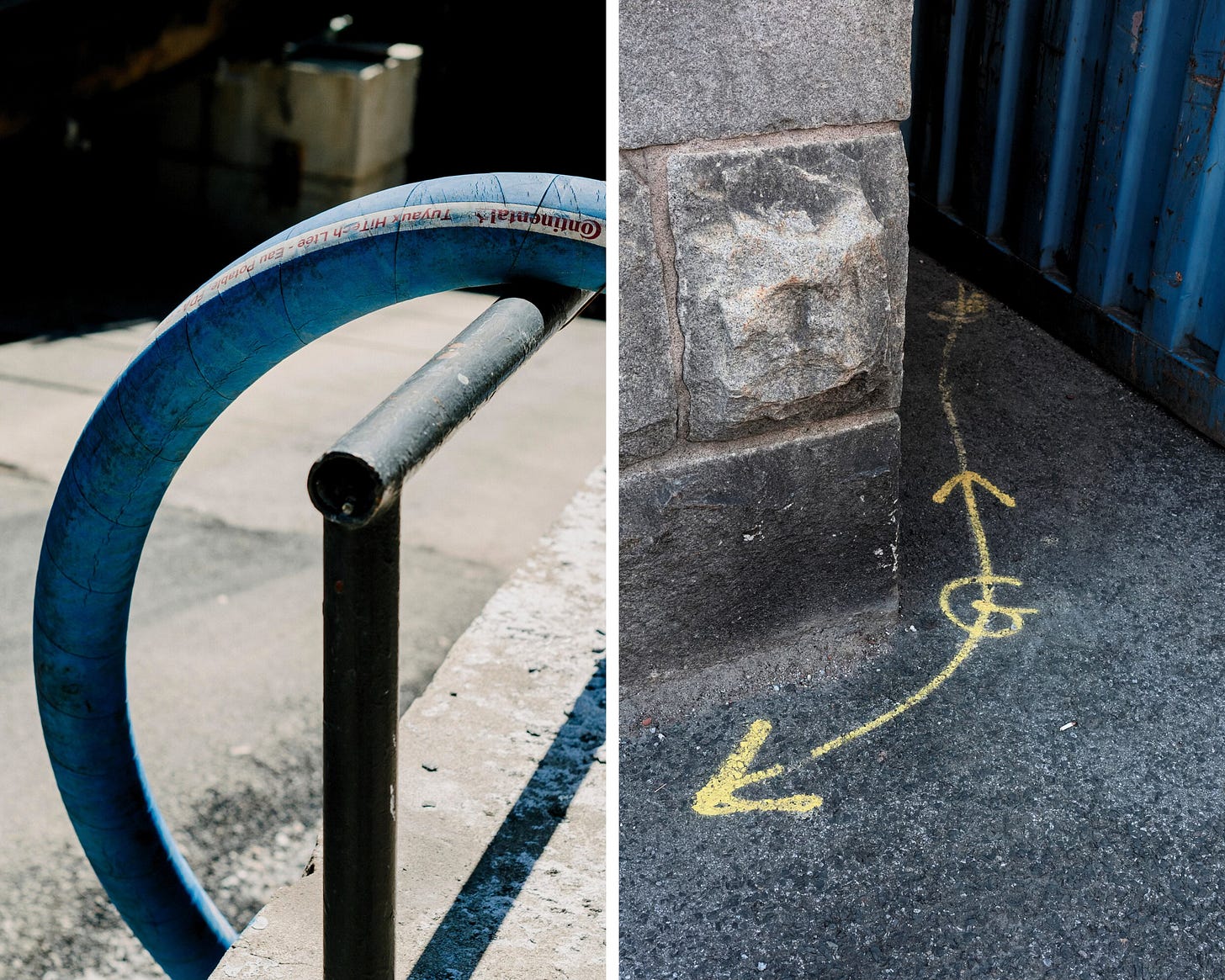
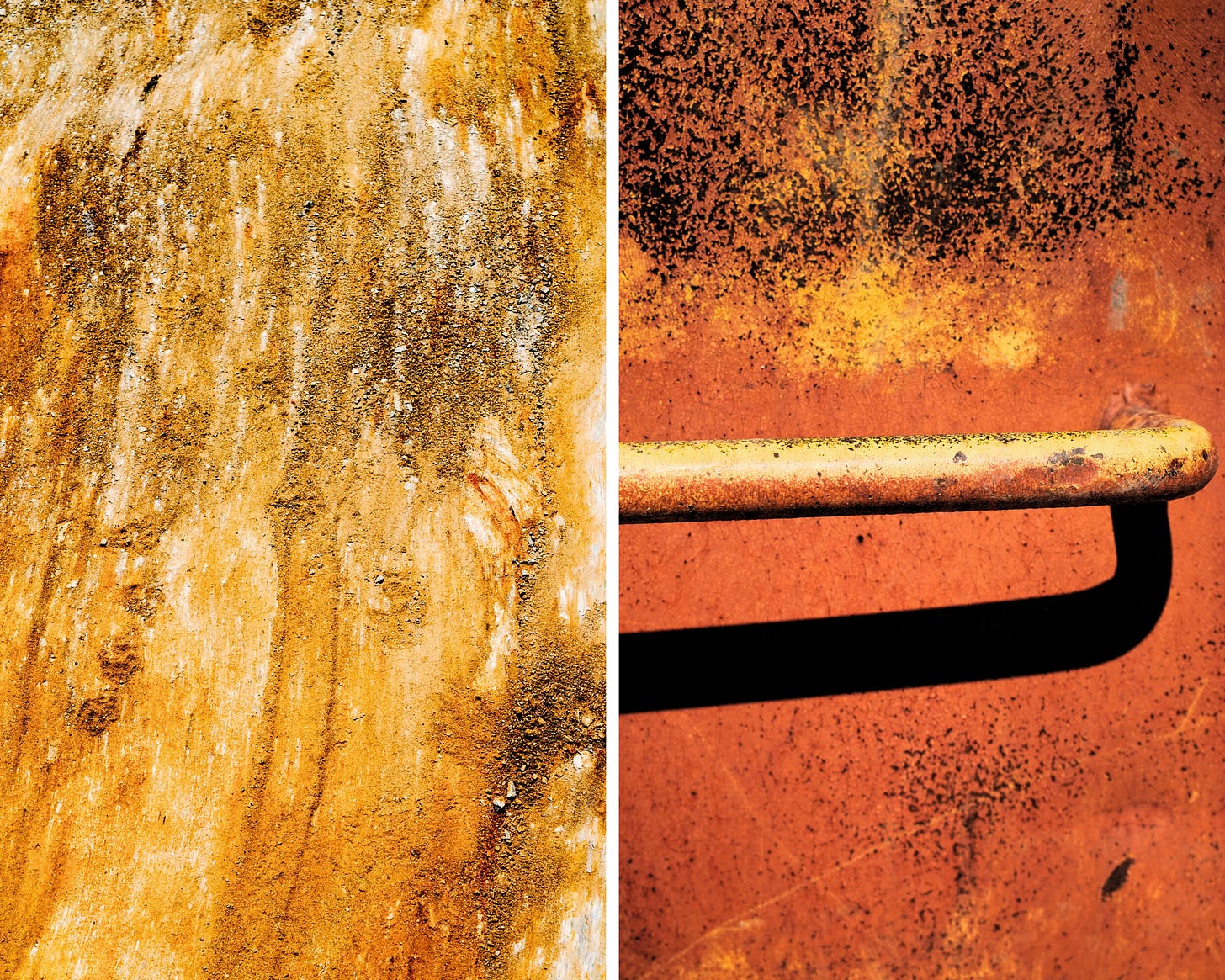
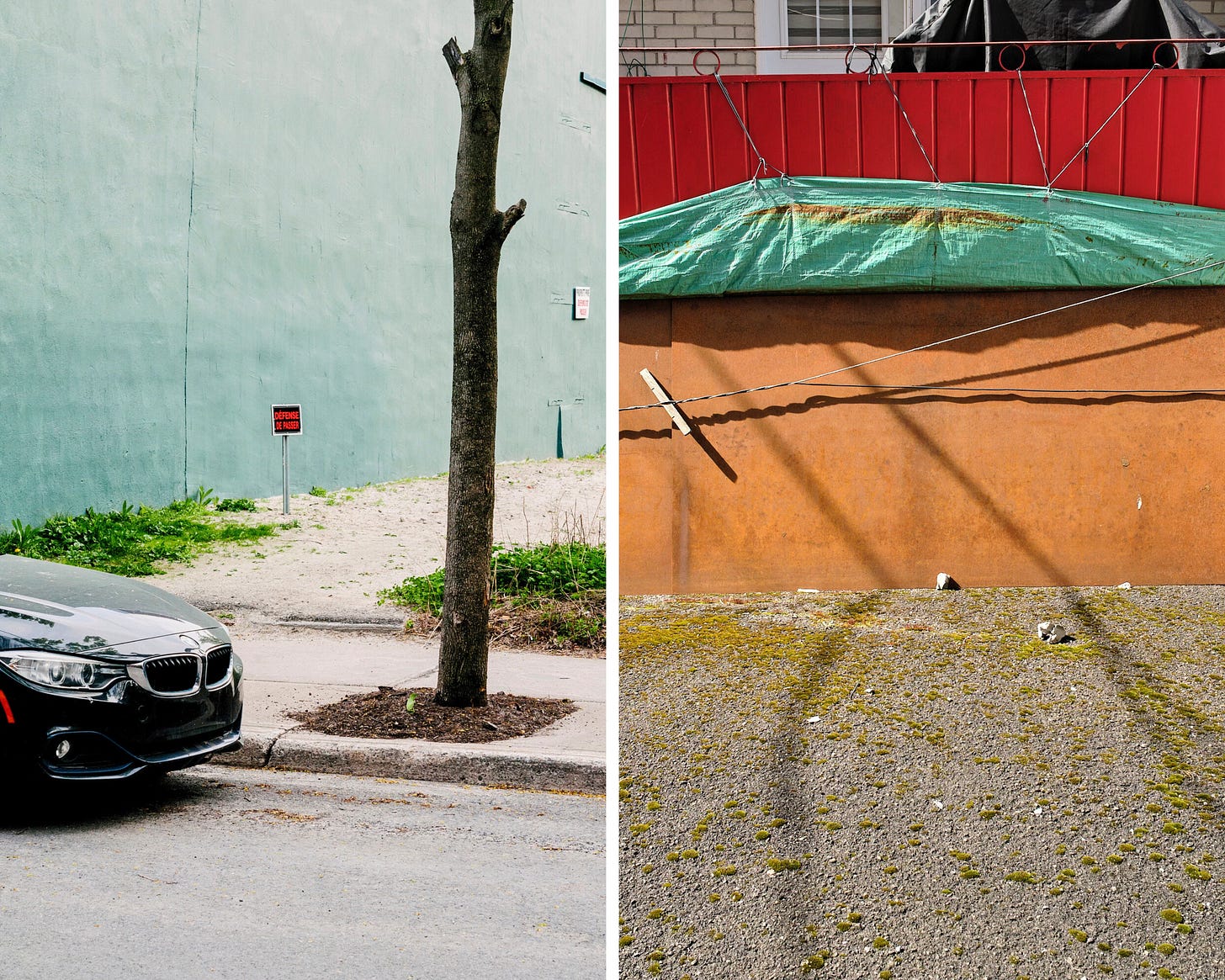
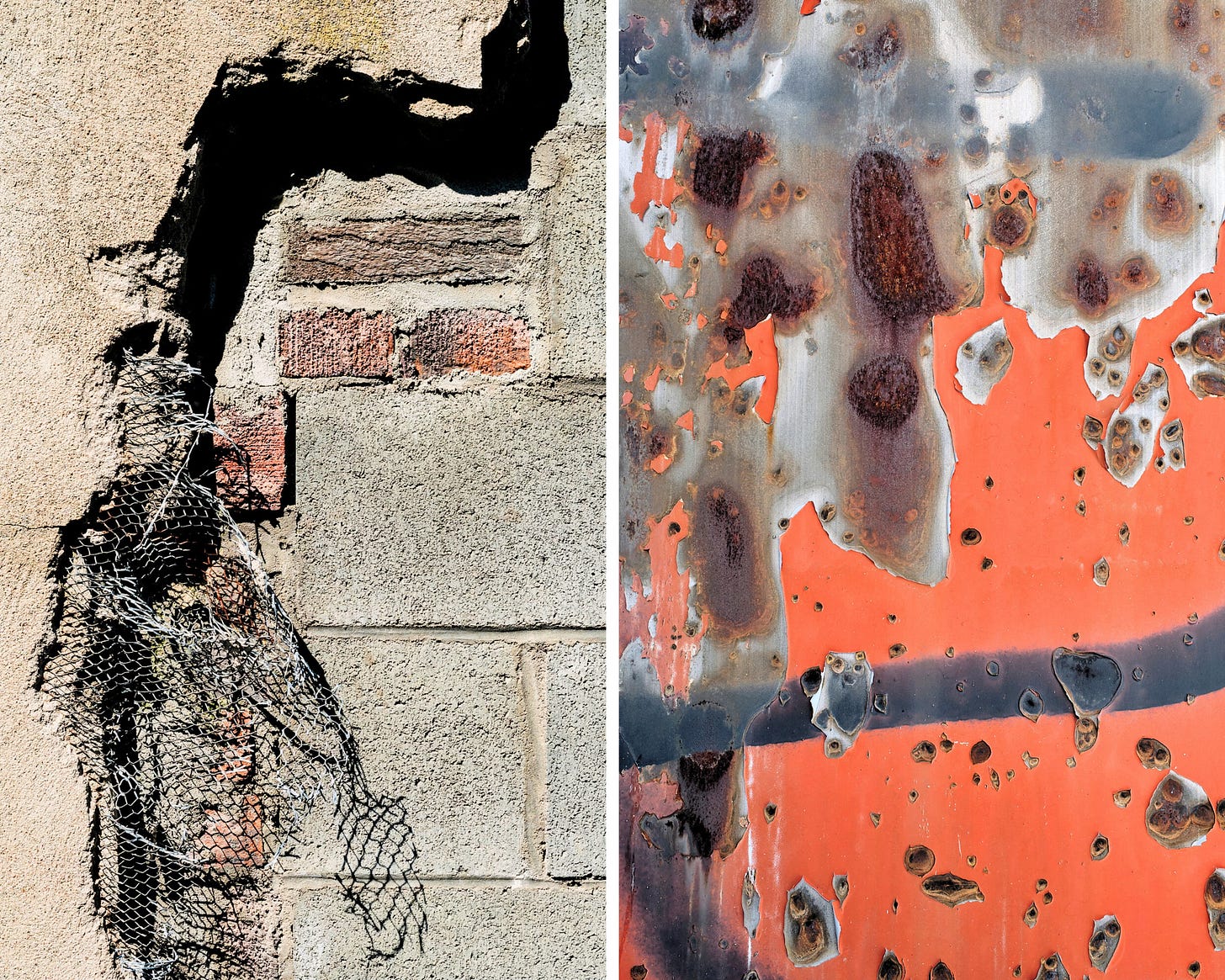
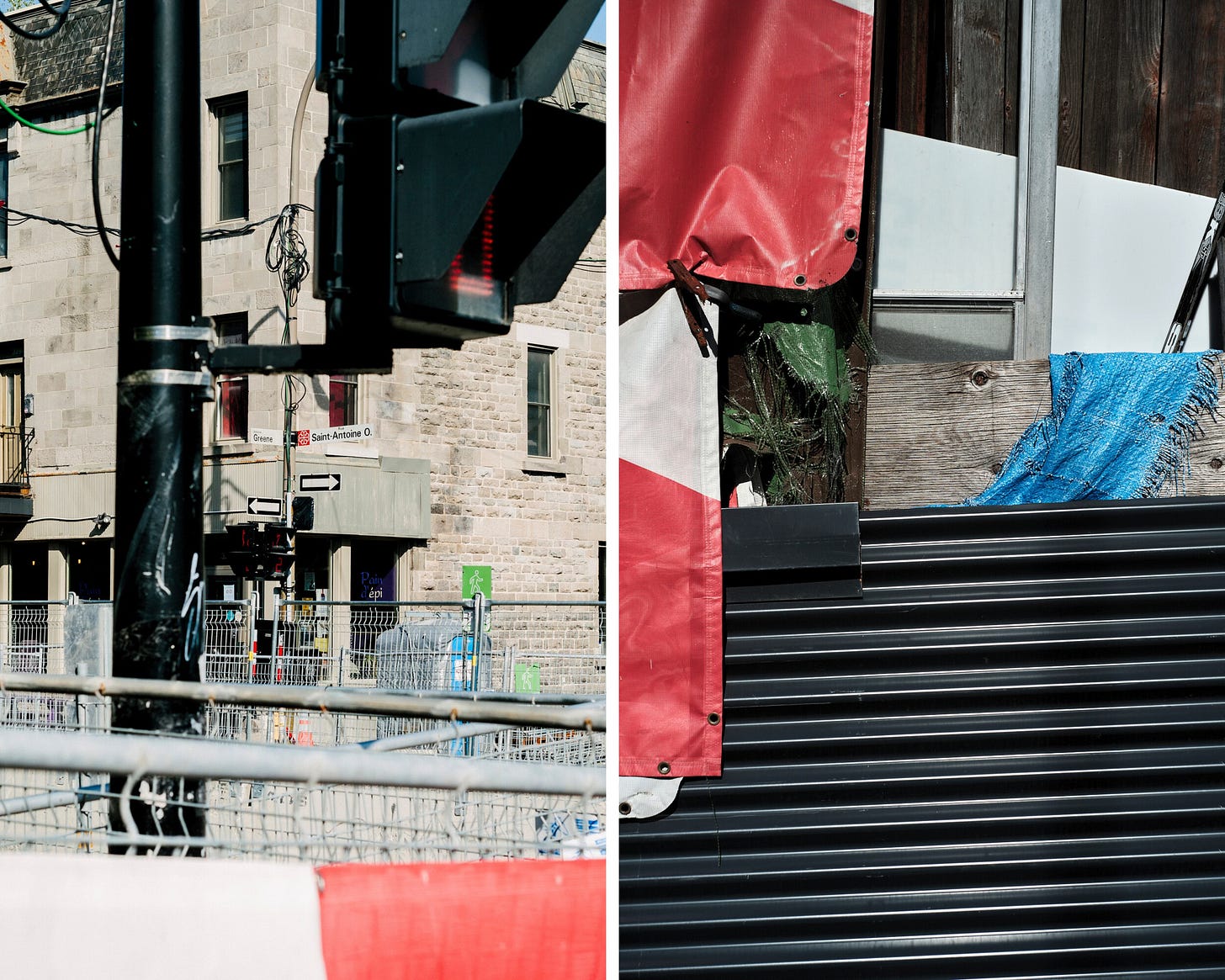
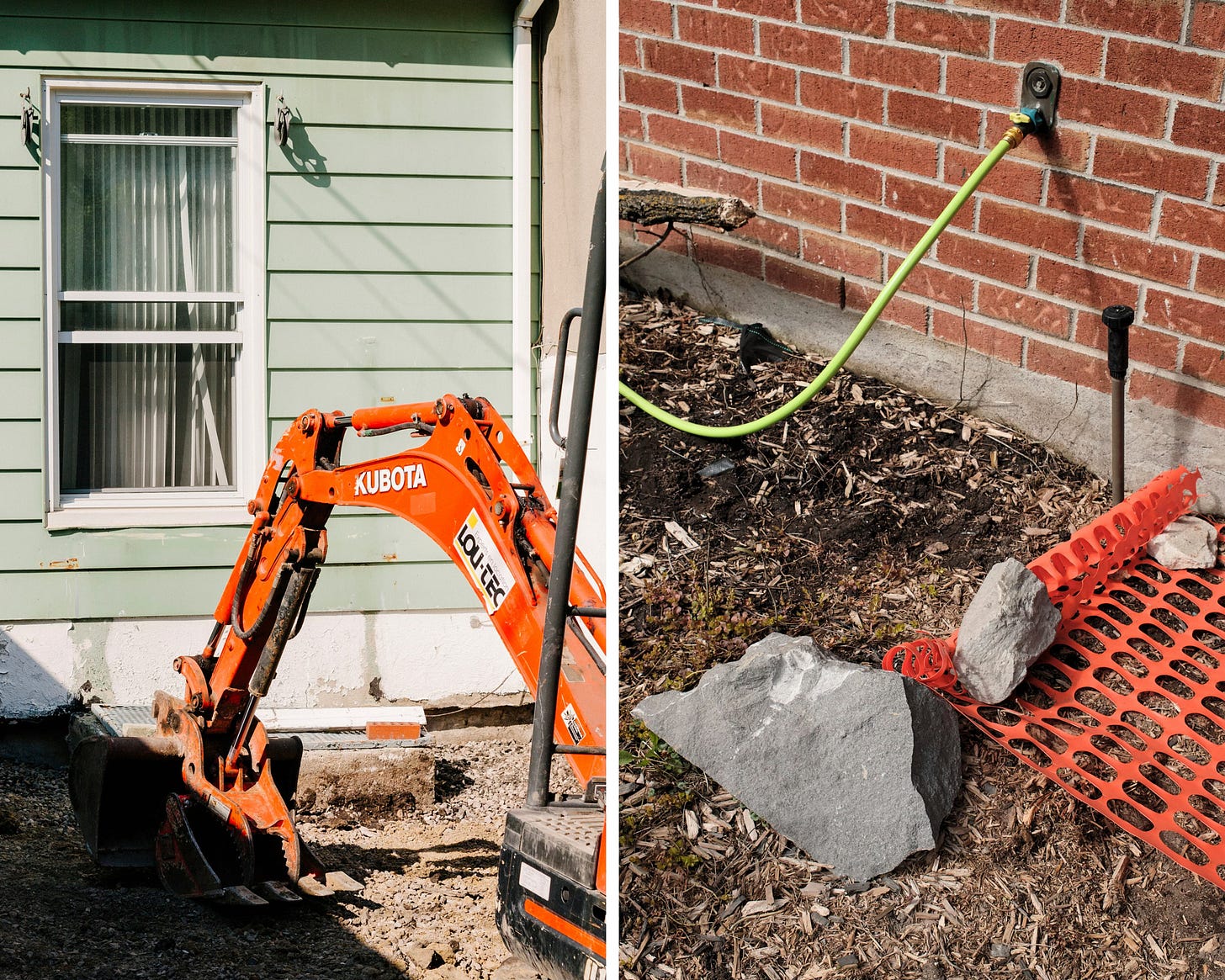
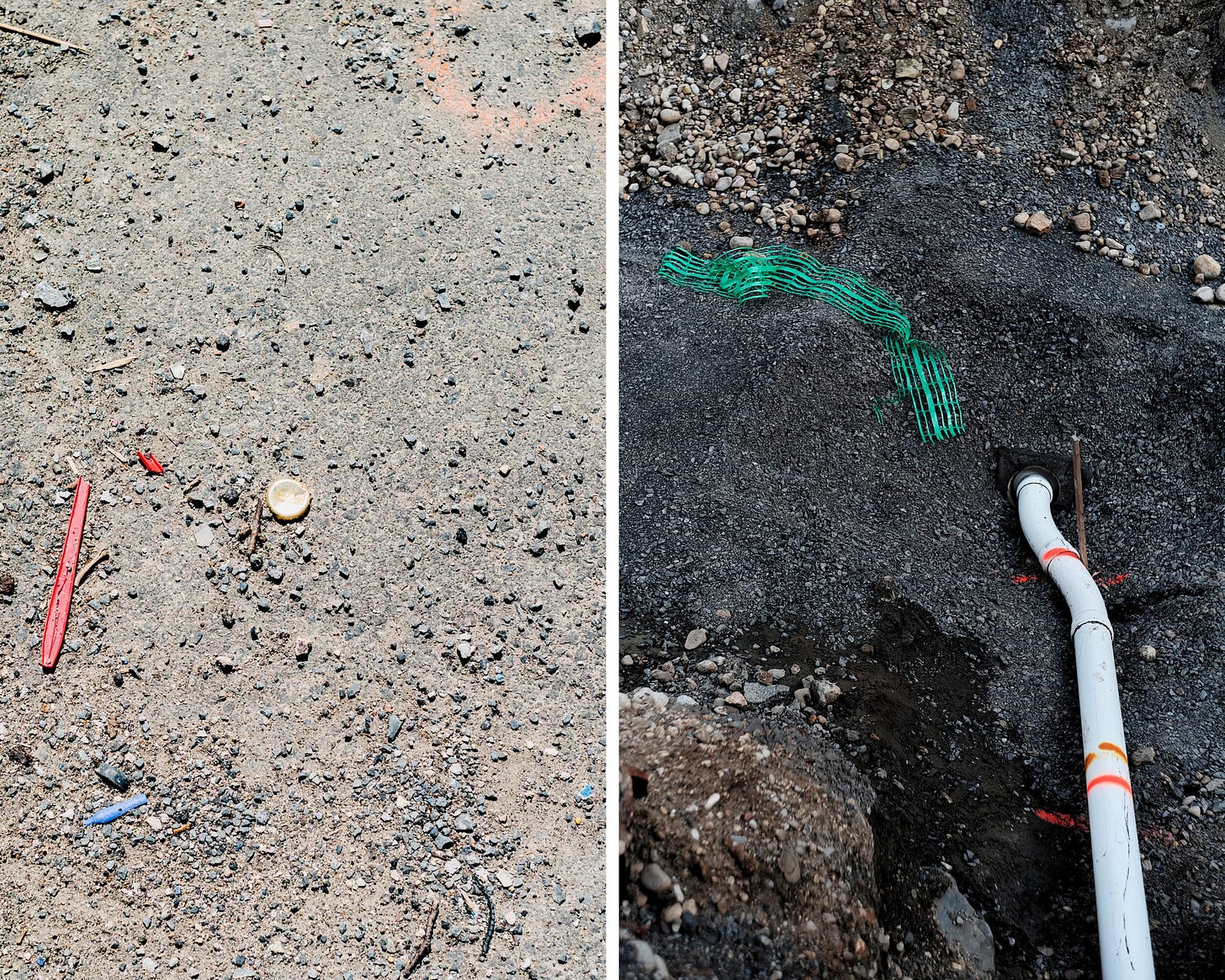
I bought a copy of "Call & Response" at the ExpoZine Montréal last November (along with copies of Dean's "Domestic Sublime" and Matthew's "Holden, MO") and today I randomly decided to pick it up and look at it again, and then look up for Urban Avalon Press in case anything new came up since.
This conversation was very insightful and definitely makes looking at those photos again a real treat. Thanks for sharing this, and best of luck to the both of you with your future projects!